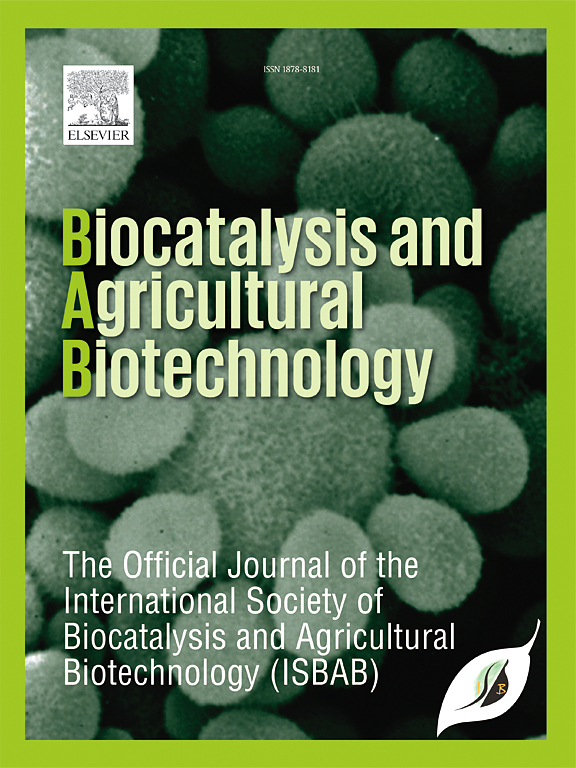Mycoremediation for sustainable remediation of environmental pollutants
IF 3.4
Q2 BIOTECHNOLOGY & APPLIED MICROBIOLOGY
引用次数: 0
Abstract
Mycoremediation is an eco-friendly and sustainable biotechnology approach that helps detoxify the environment by removing heavy metals, pesticides, and organic pollutants, particularly in agricultural settings. This method enhances soil health while supporting crop productivity. Despite the identification of approximately 150,000 fungal species, only a limited number have been explored for mycoremediation. While wood-decaying fungi are well-known for their ligninolytic enzymes, other fungal communities—such as endophytic, soil, and aquatic fungi beyond the saprophytic category—have received comparatively less attention. This review offers a comprehensive overview of the mechanisms employed by diverse ecological groups of fungi for contaminant remediation, including biotransformation, bioabsorption, and immobilization. The findings highlight that mycoremediation is an eco-friendly approach to mitigating the toxic effects of heavy metals like cadmium, silver, lead, and mercury, as well as organic pollutants such as phenanthrene, naphthalene, and benzo[a]pyrene. Key factors influencing the efficiency of mycoremediation include temperature, rhizosphere pH, redox potential, and substrate concentration, all of which can either enhance or limit the process. The review also describes on the significance of mycoremediation in agriculture and how it can improve soil health, which may be utilized for increasing crop yield. Despite the promising findings, significant challenges remain in replicating natural conditions within laboratory environments and effectively translating these results into practical applications. Although fungal enzymes offer hope for bioremediation, productivity and stability-related issues limit their efficiency. One approach for increasing enzyme productivity and resistance to pollutants is genetic engineering. Overexpression and mutation can enhance enzyme attributes so that these enzymes may degrade pollutants more efficiently. Furthermore, future work is required to screen strains on a large scale for endophytic fungi and their application in the biodegradation of industrial pollutants.

求助全文
约1分钟内获得全文
求助全文
来源期刊

Biocatalysis and agricultural biotechnology
Agricultural and Biological Sciences-Agronomy and Crop Science
CiteScore
7.70
自引率
2.50%
发文量
308
审稿时长
48 days
期刊介绍:
Biocatalysis and Agricultural Biotechnology is the official journal of the International Society of Biocatalysis and Agricultural Biotechnology (ISBAB). The journal publishes high quality articles especially in the science and technology of biocatalysis, bioprocesses, agricultural biotechnology, biomedical biotechnology, and, if appropriate, from other related areas of biotechnology. The journal will publish peer-reviewed basic and applied research papers, authoritative reviews, and feature articles. The scope of the journal encompasses the research, industrial, and commercial aspects of biotechnology, including the areas of: biocatalysis; bioprocesses; food and agriculture; genetic engineering; molecular biology; healthcare and pharmaceuticals; biofuels; genomics; nanotechnology; environment and biodiversity; and bioremediation.
 求助内容:
求助内容: 应助结果提醒方式:
应助结果提醒方式:


